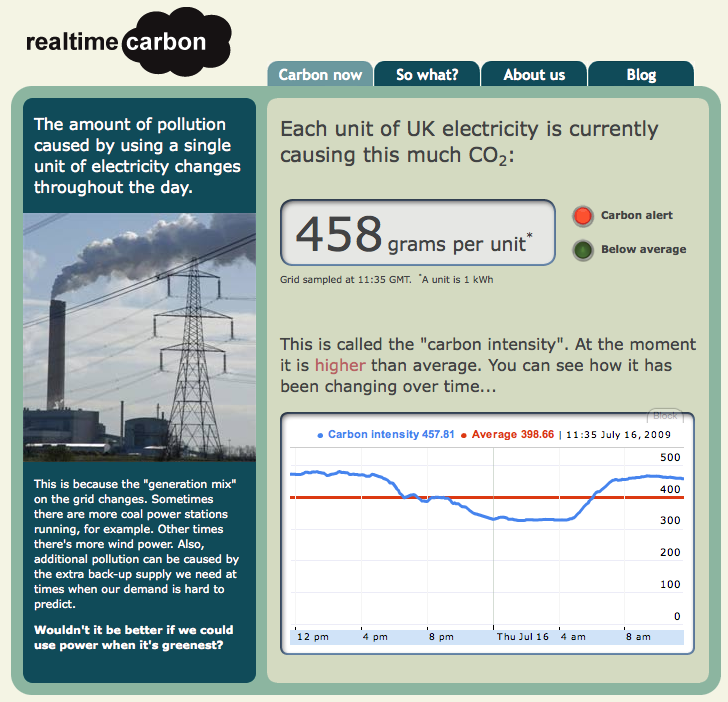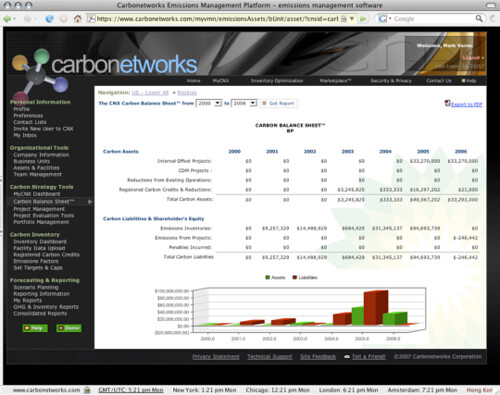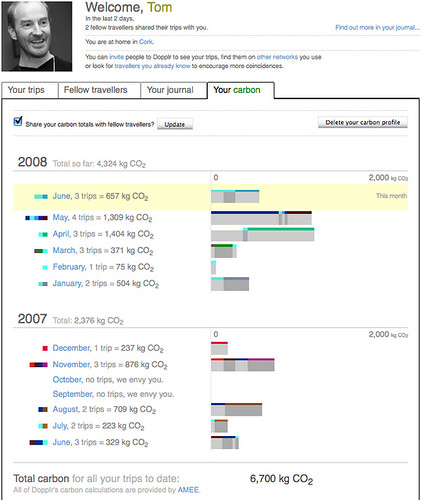A few bits of Green News crossed my Inbox in the last couple of days so I thought I’d compile them into a short post –
- The Vodafone Americas Foundation and mHealth Alliance announced the last call for entries for the annual competition to identify and support promising wireless-related technologies to address critical social issues around the globe. Applications for the 2010 Vodafone Americas Foundation Wireless Innovation Project? and mHealth Alliance Award will be accepted through December 15, 2010, with the winners announced at the annual Global Philanthropy Forum in Redwood City, CA in April 2011.?Previous winners have produced extraordinary innovations that utilized the vast potential of mobile technology to help solve problems and enhance people?s lives,? said June Sugiyama, Director of Vodafone Americas Foundation, ?We look forward to this year?s applicants and their ground-breaking projects.?The Vodafone Americas Foundation Wireless Innovation Project? will award $300,000, $200,000 and $100,000, to the first, second and third-place winners, respectively.
Information about eligibility and an application can be found at http://www.project.vodafone-us.com
- Trilliant has been has been selected by British Gas to provide the communications equipment for their Smart Meter deployment. The initial roll out to over 1,000,000 of British Gas? nearly 16 million customer accounts will be completed in 2012. Full story here
- SAP is selected as one of four companies to win German Magazine Computerwoche‘s “Green IT Best Practice Award 2010”. The company won for its comprehensive drive to reduce its CO2 emissions – if I understood Google Translate’s translation of the original article!
- IBM have teamed up with two Indian technology institutes to develop open system designs to make electricity grids smarter! The technologies will use predictive analytics to make power grids more efficient and therefore more resilient
- AMEE’s AMEE Explorersite was one of only six winners of the 2010 Best of What’s New award from the Popular Science magazine’s Green Tech section.
Photo credit aussiegall
You should follow me on Twitter.








